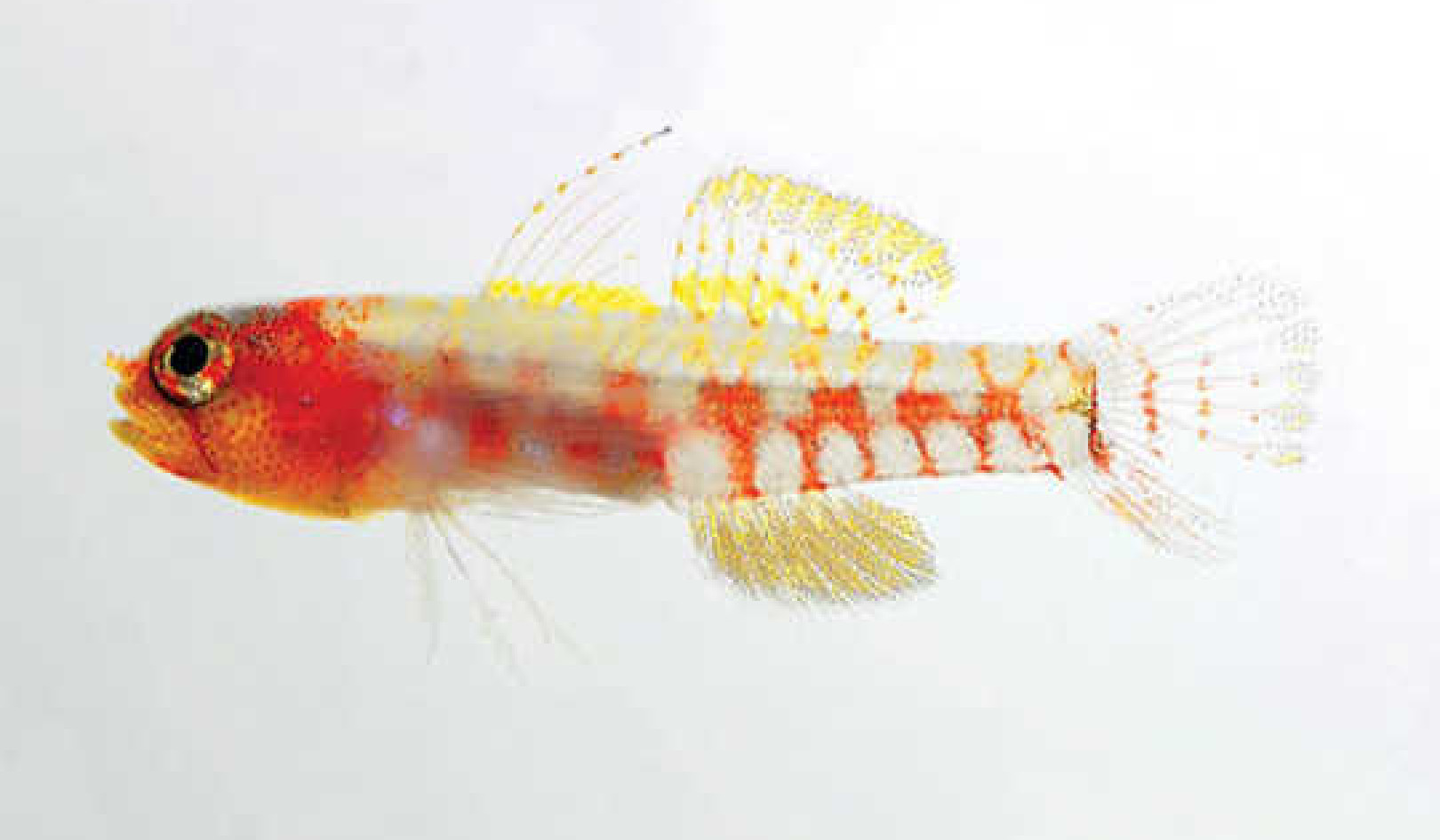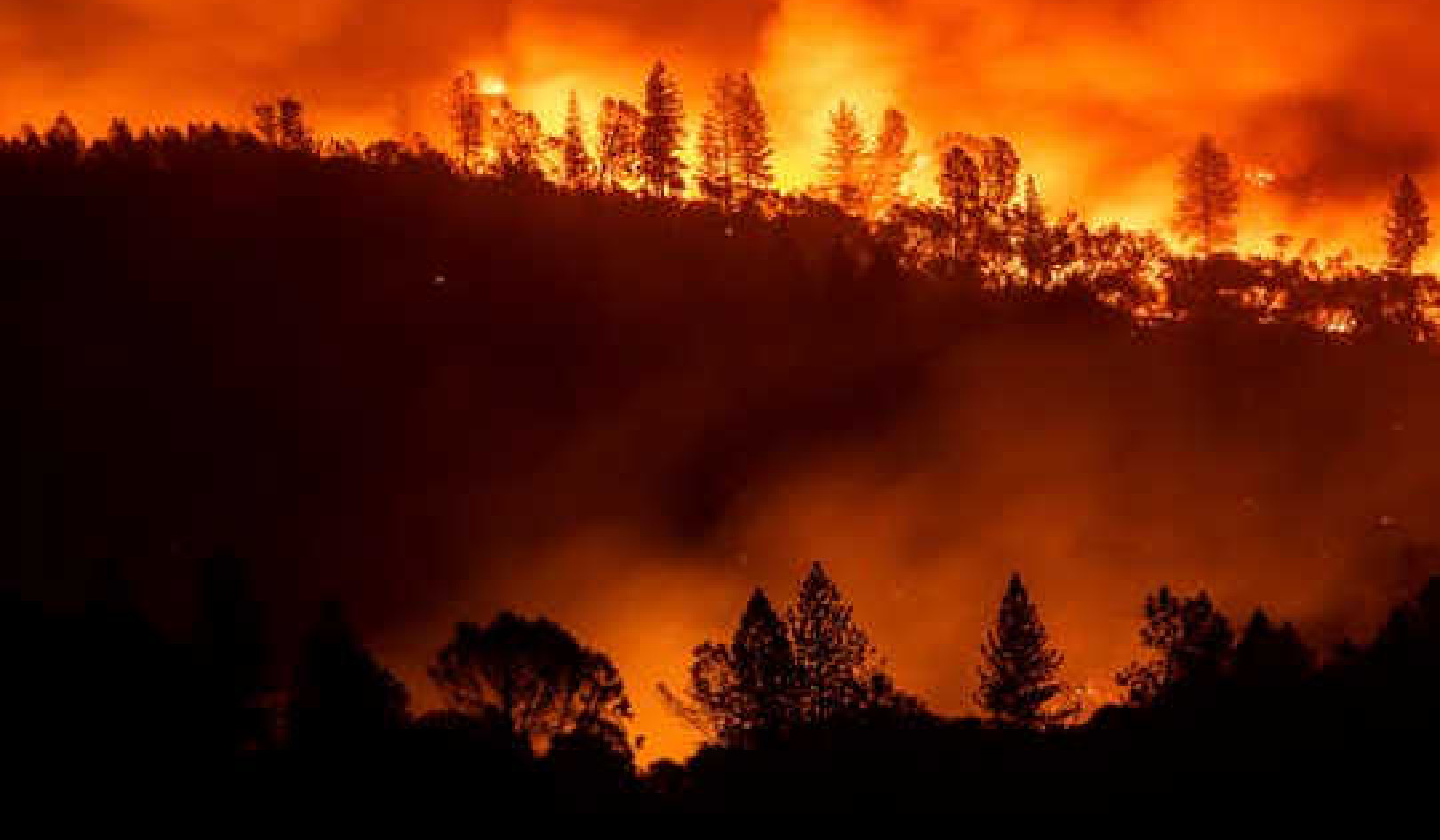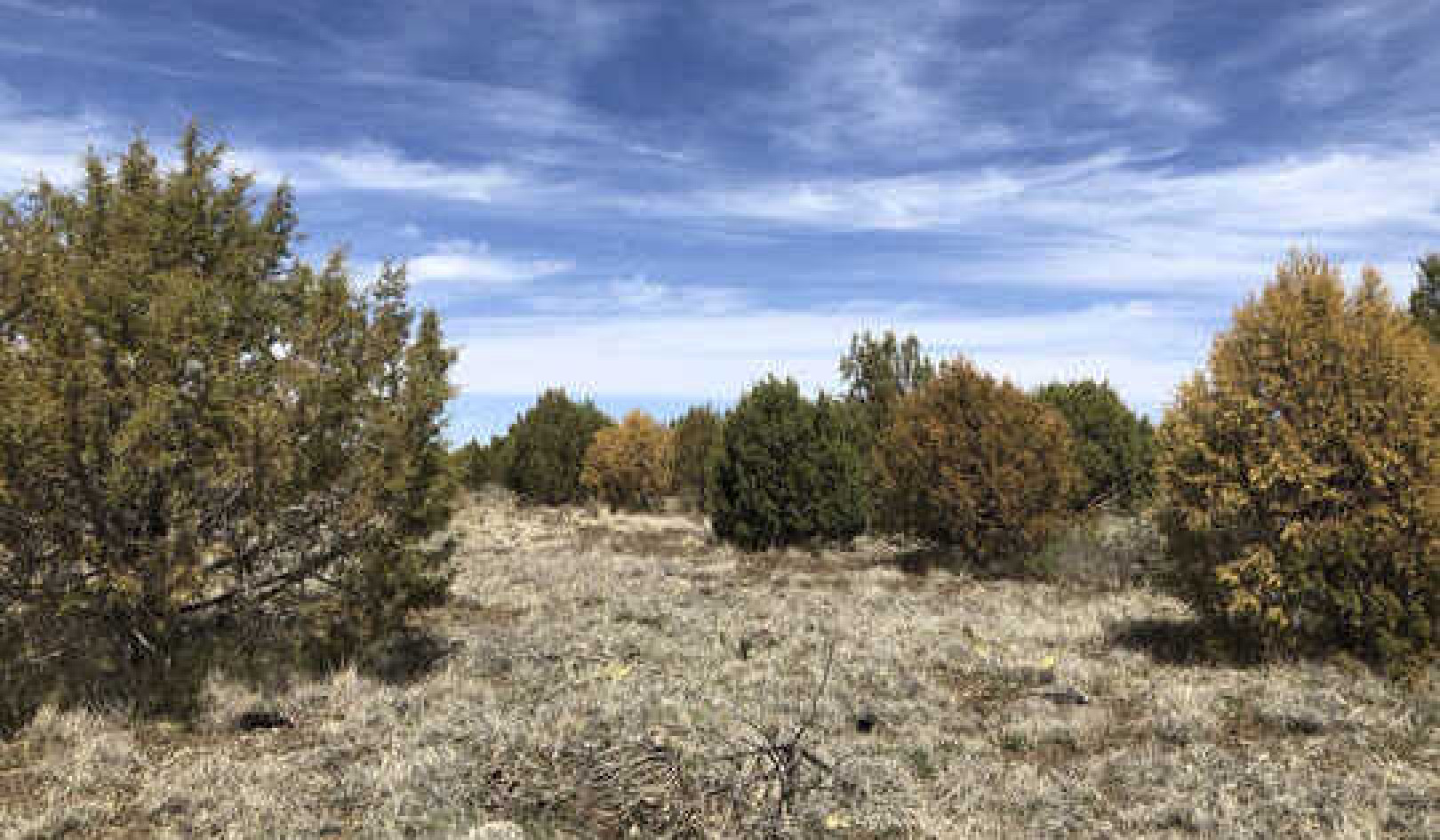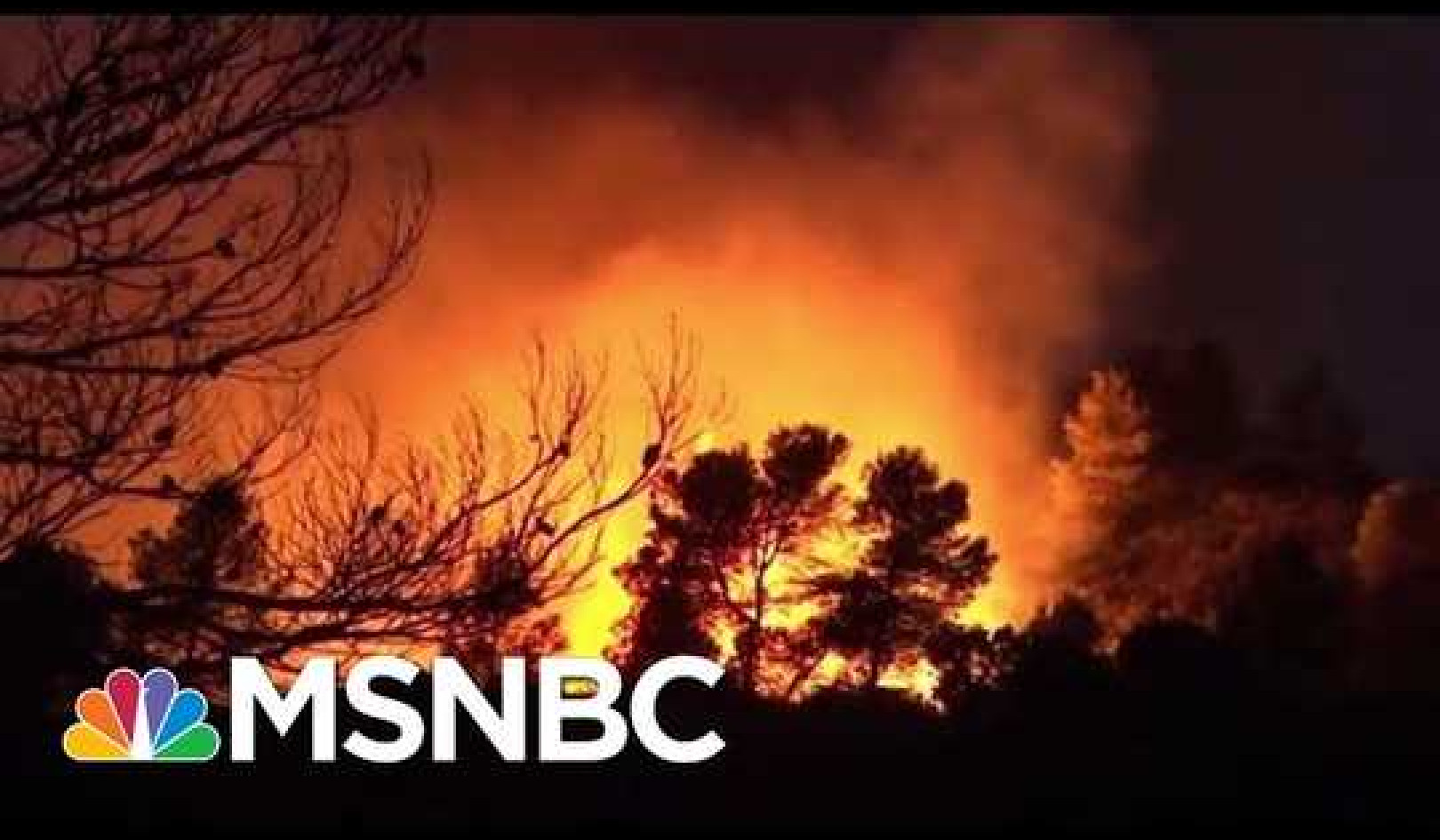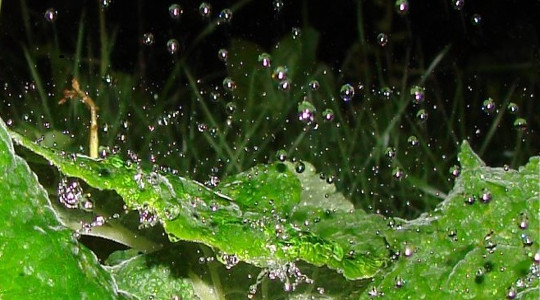 Splashes from raindrops are an unexpected source of fine soil particles in the atmosphere. Image: Elvis Payne via Flickr
Splashes from raindrops are an unexpected source of fine soil particles in the atmosphere. Image: Elvis Payne via Flickr
Analysis of air samples shows that the cleansing effect of heavy rainfall is diminished by organic particles spattering up into the atmosphere from the soil.
Researchers have identified an unexpected generator of the fine organic dust that blows in the wind. They blame it on raindrops.
Researchers from two national laboratories in the US, and colleagues, report in Nature Geoscience journal that tiny, glassy spheres of carbon-based material found in the air are the residue from rain spattering on the soil.
Having observed the effect after one powerful rainstorm in 2014, the scientists looked again and again, and then tested the result once more with help from a garden sprinkler. The impact of rain on soil and vegetation produced vanishingly small but detectable organic airborne particles.
“The idea of rain producing aerosols, much less solid ones, just hadn’t been on anyone’s radar,” says one of the researchers, Mary Gilles, staff scientist in the chemical sciences division at the Lawrence Berkeley National Laboratory, California.
Global machinery
“Rain cleans the atmosphere; it hadn’t occurred to me to think of rain as a mechanism to produce solid particles from soil.”
Dust, aerosols and other fine particles play an important role in the global machinery. Researchers have previously established that windblown dust helps fertilise marine life and delivers vital minerals to the Brazilian rainforests.
Dust, soot and sulphate aerosols produced naturally and from factory chimneys and car exhausts play a role in moderating climates by filtering sunlight and by providing nuclei around which clouds may form.
Polluting particles from fossil fuel combustion have been consistently linked to human illness and premature death.
One set of scientists recently matched historic paintings of atmospheric effects with known data from volcanic eruptions to demonstrate that natural violence can not only change the climate, it can even change the way artists perceive the world about them.
“These particles have a unique set of physical and chemical properties and may have a substantial effect on the Earth’s climate”
And dust and soot from forest fires in Europe and the US have even been linked to the accelerating flow of meltwater from the Greenland icecap.
The intuitive assumption has always been that airborne dust begins with drought or fire, followed by winds that could lift particles into the air and keep them aloft.
But the US researchers collected air samples after rain swept through Lamont, Oklahoma, in March 2014, to find a fine mist of tiny viscous or glassy spheres of carbon-based particles – so tiny that 100 side by side would match the width of one human hair – that had literally been splashed into the air by cascading raindrops.
The particles – they must have floated upwards in air bubbles that formed as the rain hit the soil – made up two-thirds of the material in the air samples and could only have come from decaying vegetation and soil microbes.
Irrigation experiments
The researchers tested the origins of the particles with some of the high technology now available to science: a synchrotron-based X-ray absorption microscope, a scanning electron microscope, a helium ion microscope, and a transmission electron microscope.
They also sampled collections from two other rainstorms and conducted what they called “our irrigation experiments” with a garden sprinkler to confirm that “intensive water impaction” was all it took to raise the dust.
The research provides yet another example of the intricacy and complexity of the planet’s climatic machinery. How the tiny fragments of material from grassland, farmyard and wheat field then play into the bigger picture of climate research remains open.
“This is a new mechanism for bringing carbon from the soil into the air,” says Alexander Laskin, senior research scientist at the Pacific Northwest National Laboratory. “These particles have a unique set of physical and chemical properties and they may have a substantial effect on the Earth’s climate.” – Climate News Network
About the Author
 Tim Radford is a freelance journalist. He worked for The Guardian for 32 years, becoming (among other things) letters editor, arts editor, literary editor and science editor. He won the Association of British Science Writers award for science writer of the year four times. He served on the UK committee for the International Decade for Natural Disaster Reduction. He has lectured about science and the media in dozens of British and foreign cities.
Tim Radford is a freelance journalist. He worked for The Guardian for 32 years, becoming (among other things) letters editor, arts editor, literary editor and science editor. He won the Association of British Science Writers award for science writer of the year four times. He served on the UK committee for the International Decade for Natural Disaster Reduction. He has lectured about science and the media in dozens of British and foreign cities.
 Book by this Author:
Book by this Author:
Science that Changed the World: The untold story of the other 1960s revolution
by Tim Radford.
Click here for more info and/or to order this book on Amazon. (Kindle book)


























